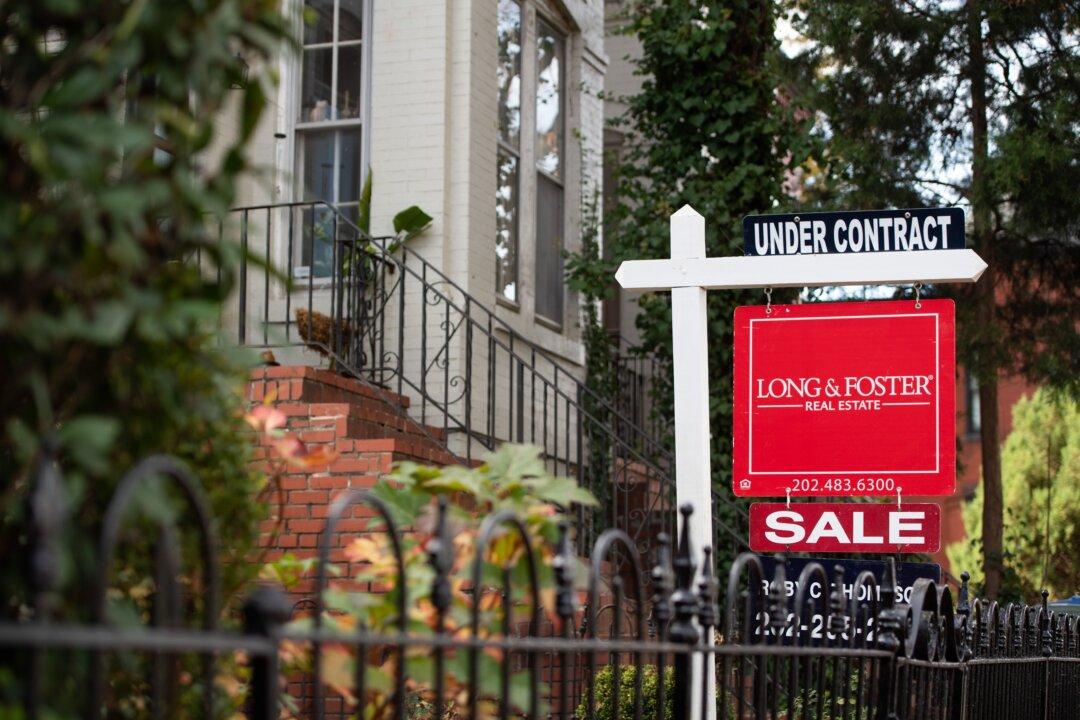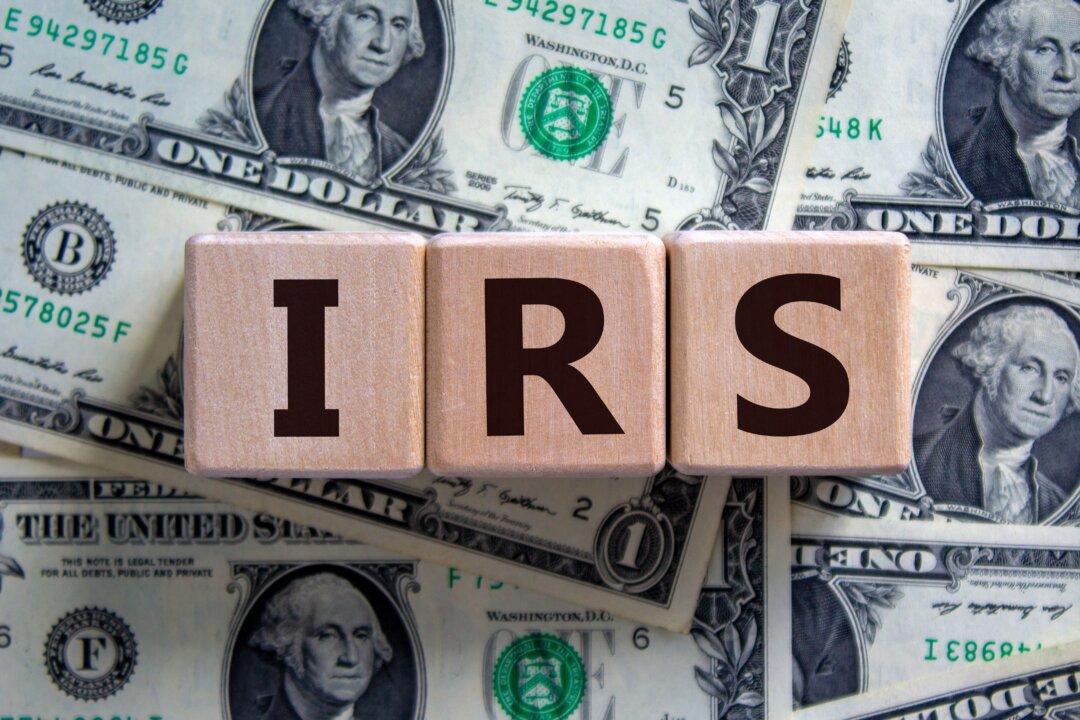A new report argues that America is currently in the midst of a “housing crisis,” as the number of homes available fails to keep pace with surging demand for real estate, freezing many prospective homeowners out of the market under current conditions.
Last week, the non-profit organization Up for Growth released its report “Housing Underproduction in the U.S.,” which details the severe and growing imbalance between high demand and low supply for houses.





